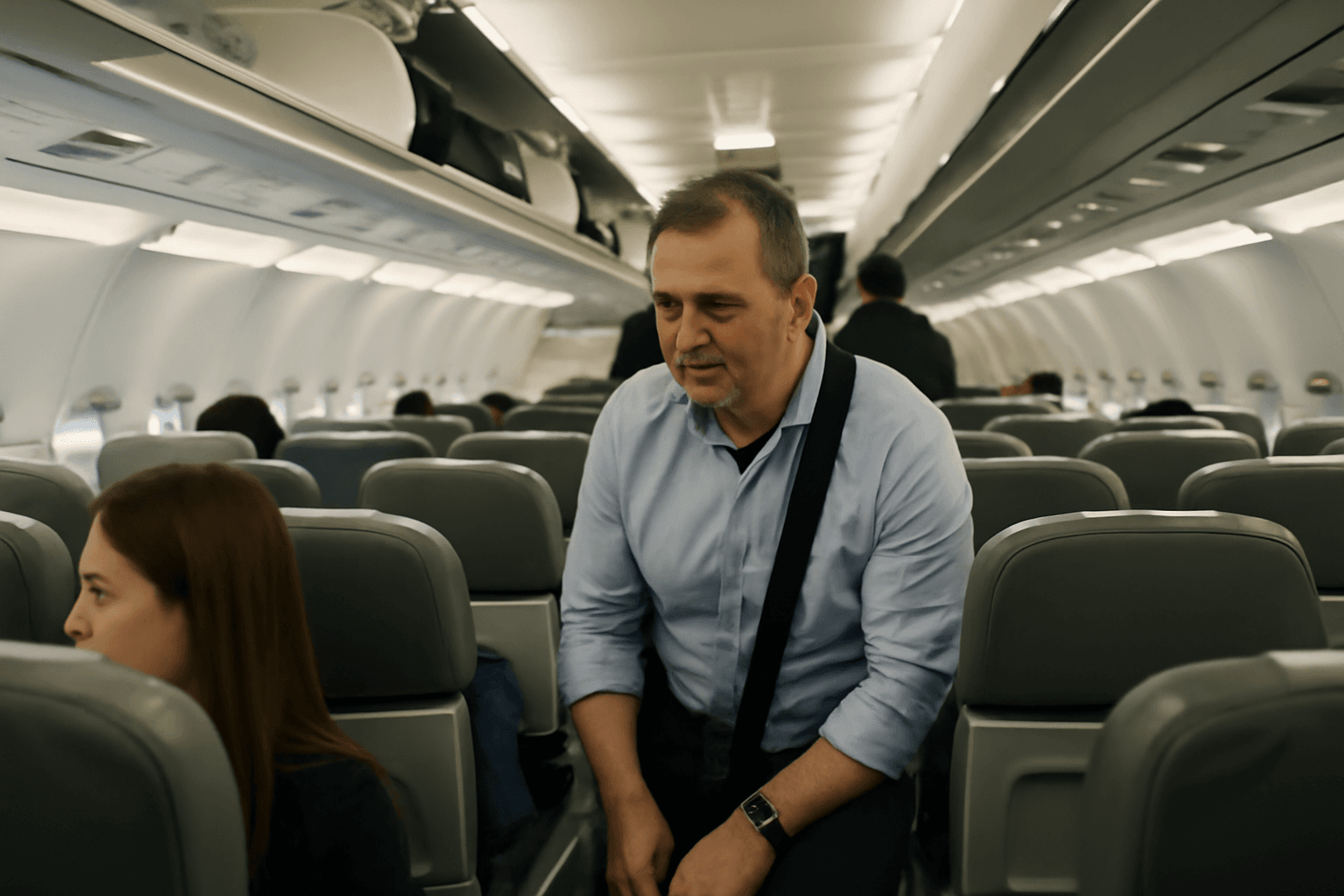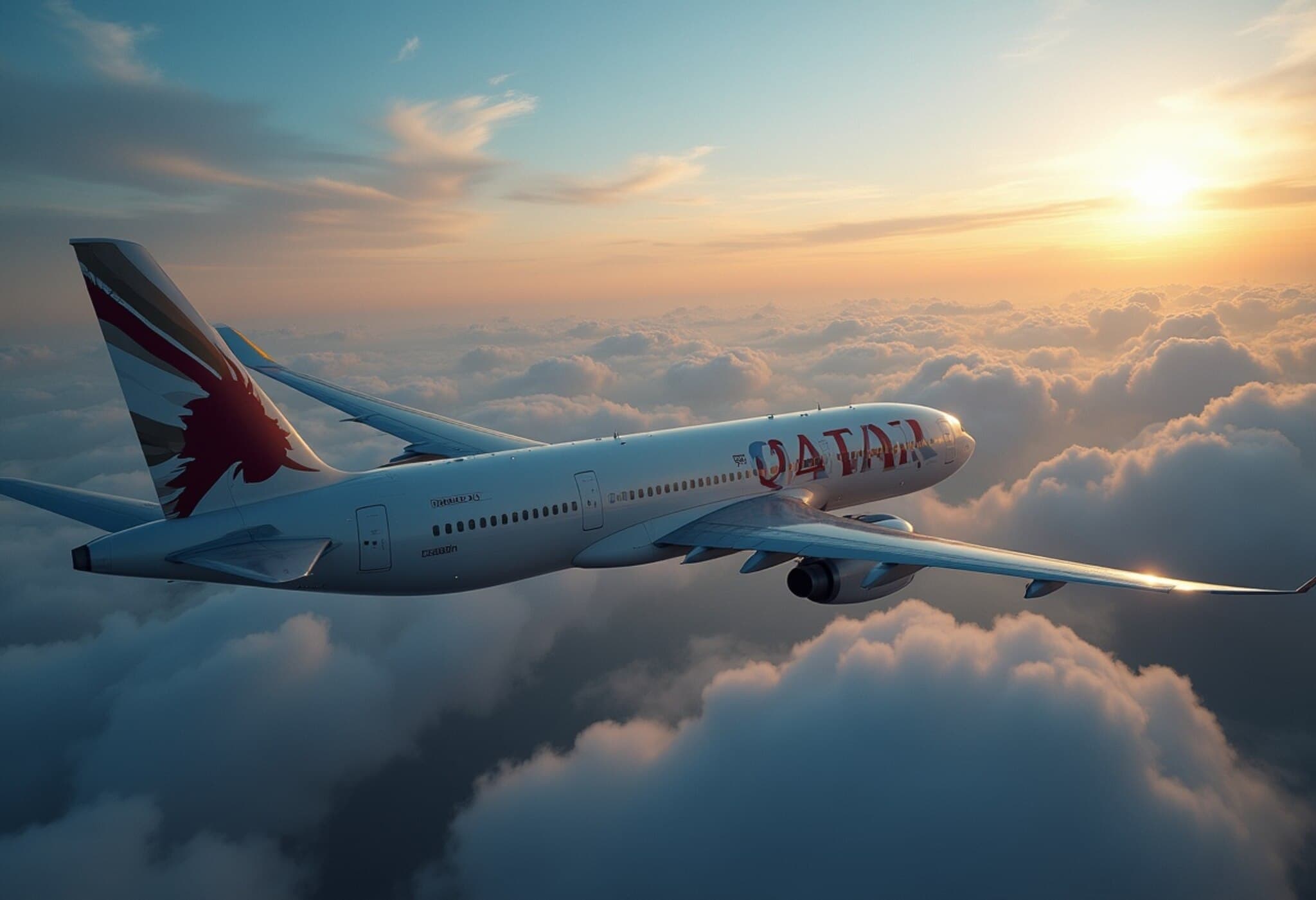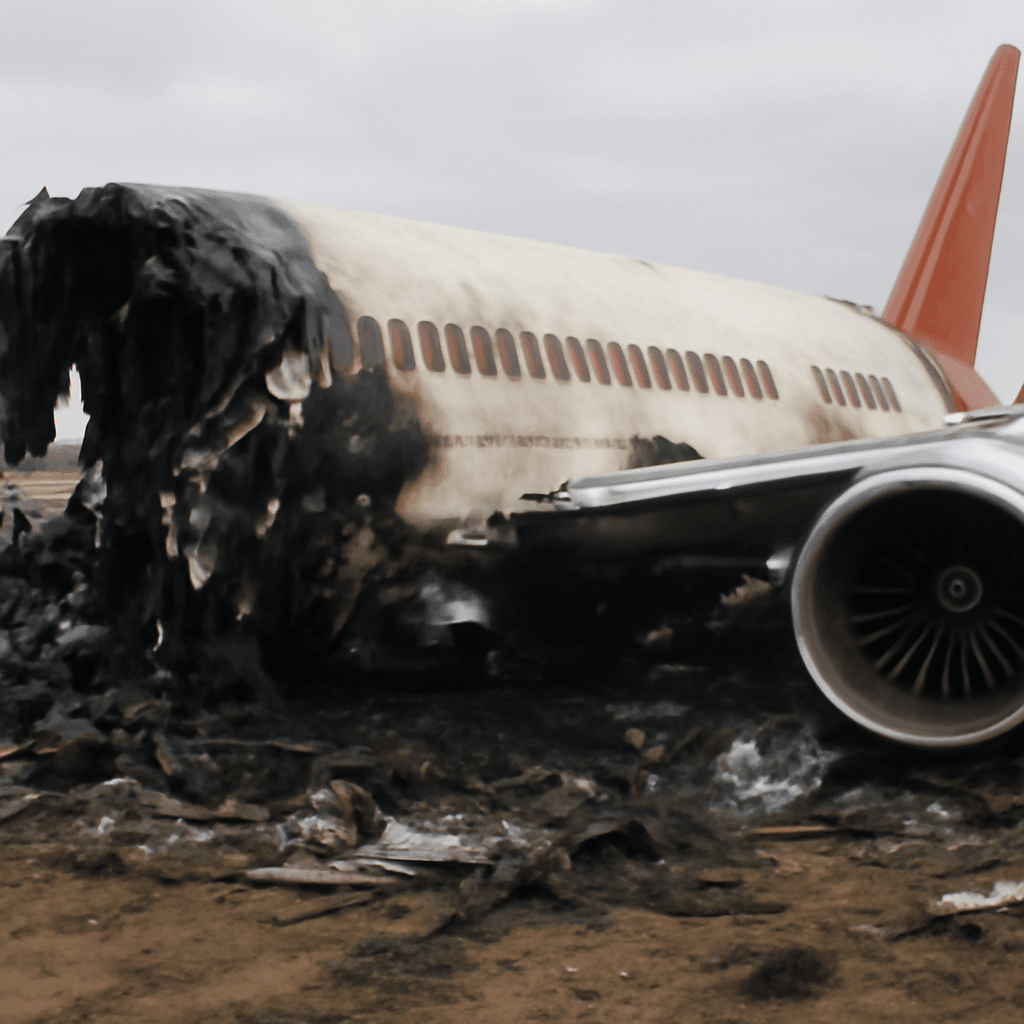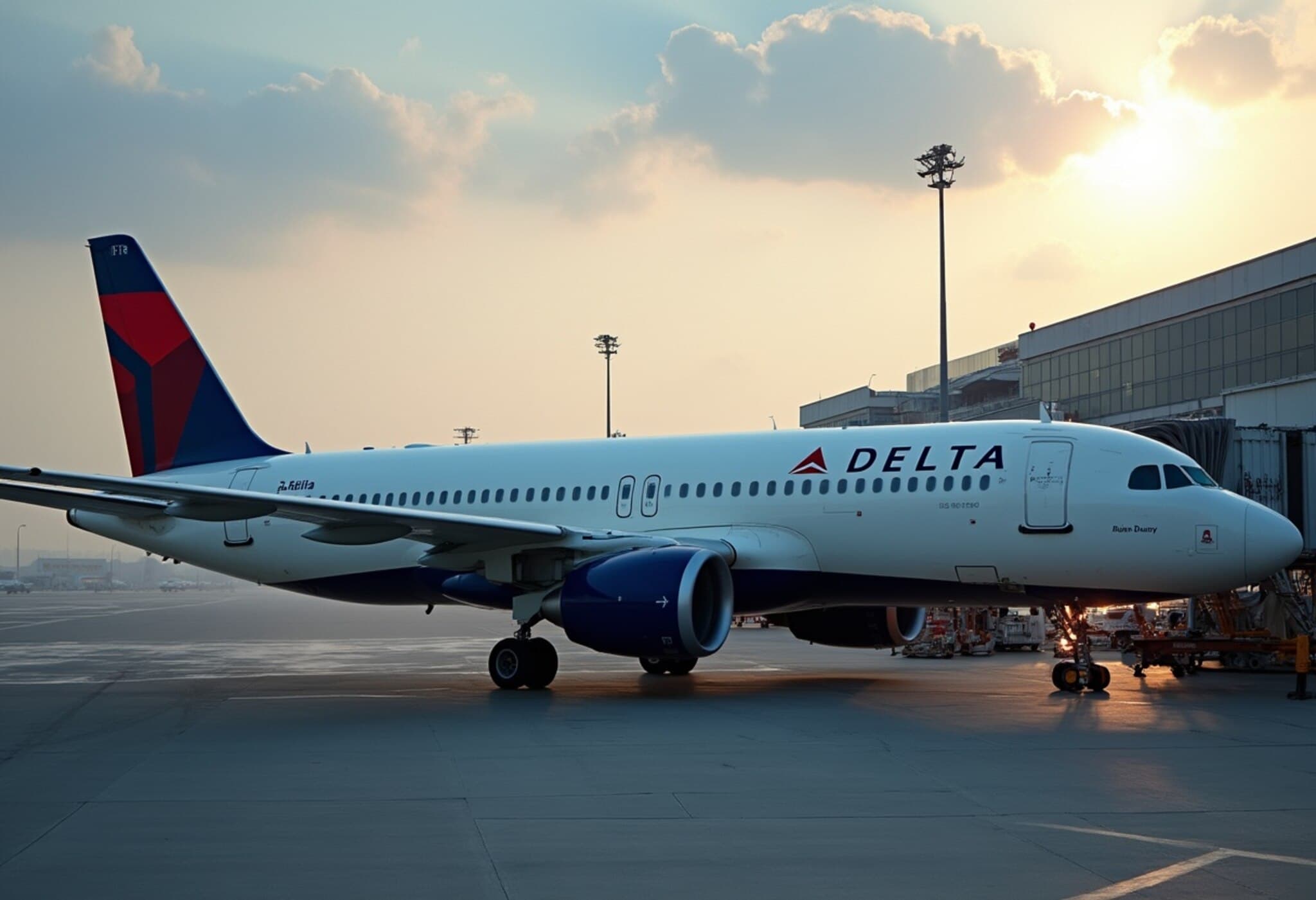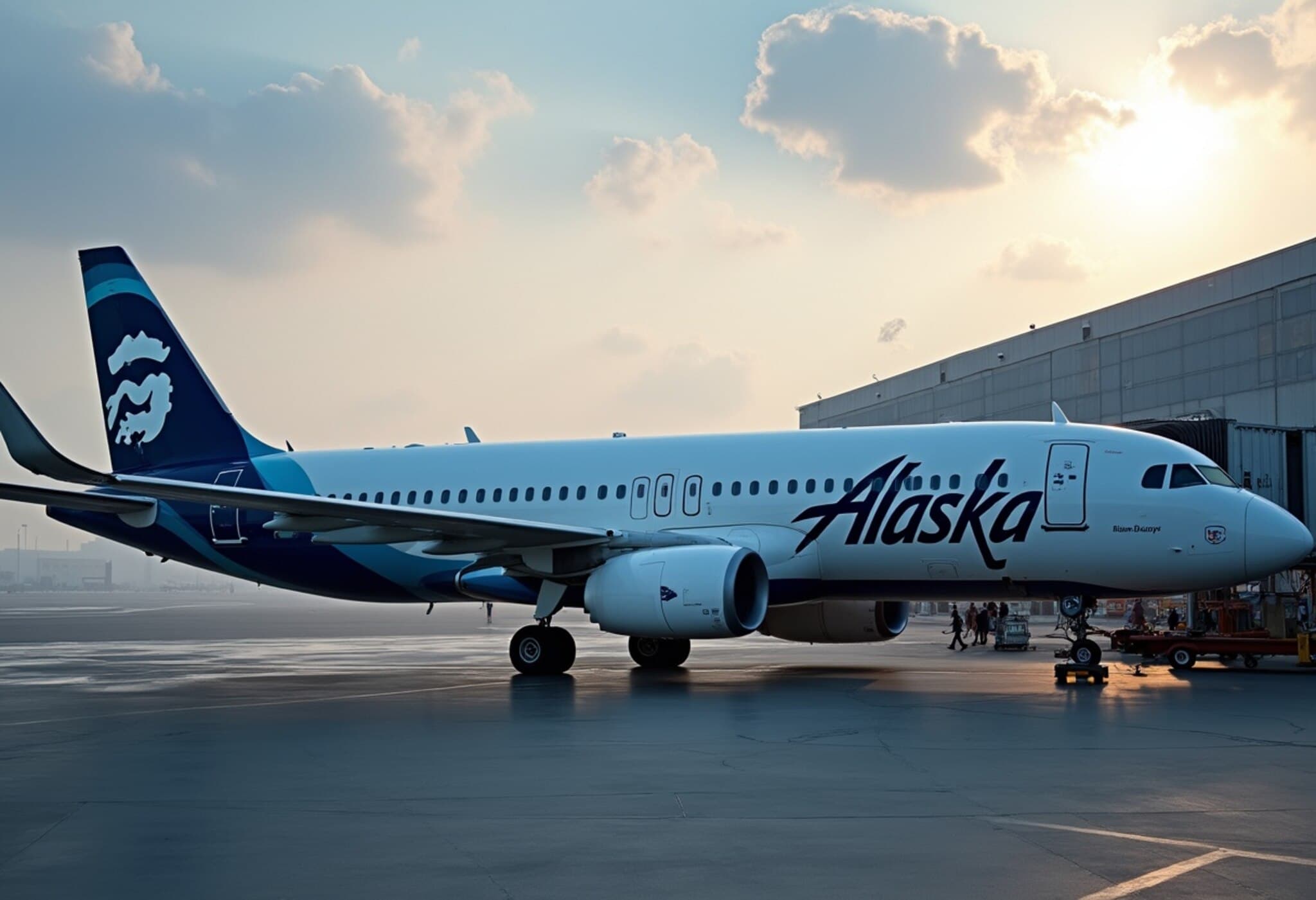Delta Flight's Quick Reaction Prevents Possible Mid-Air Collision with Military Bomber
On July 18, 2025, a Delta Airlines regional jet making its approach to Minot, North Dakota, executed an abrupt and decisive maneuver to steer clear of a potential collision with a U.S. Air Force B-52 bomber. The incident, reported by ABC News and confirmed by SkyWest Airlines, underscores the complexities and risks posed by military and civilian airspace intersections.
Details of the Incident and Pilot’s Response
The Delta flight, operated by SkyWest as a Delta Connection service, was traveling from Minneapolis to Minot—a city known for its Air Force Base that houses B-52 strategic bombers. According to the pilot’s remarks captured on board, the bomber's speed and sudden proximity caught the Delta captain by surprise, prompting an “aggressive maneuver” to avoid the bomber.
Speaking to passengers after the plane landed safely, the pilot apologized for the sharp turn, stating: "Given his speed... I don’t know how fast they were going, but they were a lot faster than us. I felt it was the safest thing to do to turn behind it. So sorry about the aggressive maneuver, it caught me by surprise, this is not normal at all. I don’t know why they didn’t give us a heads up, because the Air Force base does have radar."
Passenger Reactions and Ongoing Investigations
Surprisingly, passengers on board remained relatively calm despite the unexpected jolt of sharp turns. Monica Green, a passenger, remarked, "I felt like I was gaslighting myself, like maybe I was being crazy, because no one else was reacting."
SkyWest Airlines confirmed the incident in an official statement, saying: "SkyWest flight 3788, operating as Delta Connection from Minneapolis to Minot, landed safely after being cleared for approach by the control tower but performed a go-around when another aircraft became visible in their flight path. We are investigating the incident."
The U.S. Air Force has yet to issue a public statement on the event, and it remains unclear how close the two aircraft came or whether collision-avoidance systems were triggered.
Contextualizing the Risks of Civilian-Military Airspace Interactions
This near-miss event highlights a persistent challenge in U.S. airspace management: the coexistence of civilian flights with military operations, especially near bases hosting high-speed bombers. Minot Air Force Base is one of the key strategic hubs for B-52s, a bomber known for its long-range capabilities and high speeds that far exceed commercial jets.
Integrating military and civilian flight paths requires stringent coordination, precise communication, and efficient radar use. The pilot’s remark regarding a lack of warning raises questions about current protocols and real-time information-sharing between military operations and civilian air traffic control.
Legal and Safety Implications
From a regulatory perspective, the Federal Aviation Administration (FAA) and Department of Defense (DoD) share responsibilities to ensure airspace safety. Near-collisions like this often trigger formal investigations to determine fault, procedural lapses, or necessary operational adjustments.
Given the high stakes — where errors could lead to tragic consequences — incidents like this call for renewed attention to:
- Improved integration of military flight data into civilian traffic control systems.
- Enhanced training for pilots on responding to unexpected military aircraft proximity.
- Transparent communication channels between military bases and airline operators.
Conclusion
This episode serves as a sobering reminder that even in highly controlled environments, unforeseen dangers lurk when military and civilian domains intersect. The swift actions of the Delta pilot prevented what could have been a catastrophic accident, but it also highlights the need for systemic improvements in airspace management.
While commercial aviation is one of the safest modes of travel, incidents like this expose vulnerabilities in how civilian and military air traffic is coordinated. What can be done to better synchronize operations near military bases? How might emerging technologies like AI-driven airspace monitoring enhance safety? These questions deserve greater scrutiny from regulators and industry stakeholders alike.




